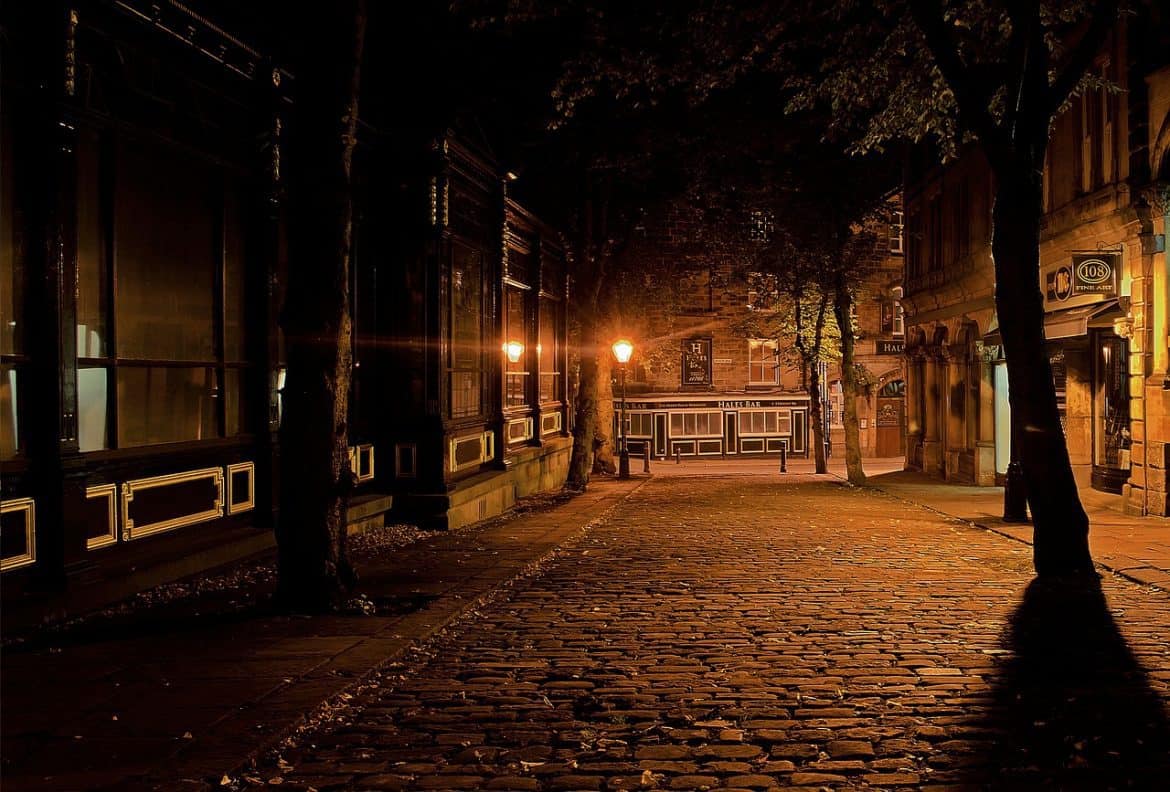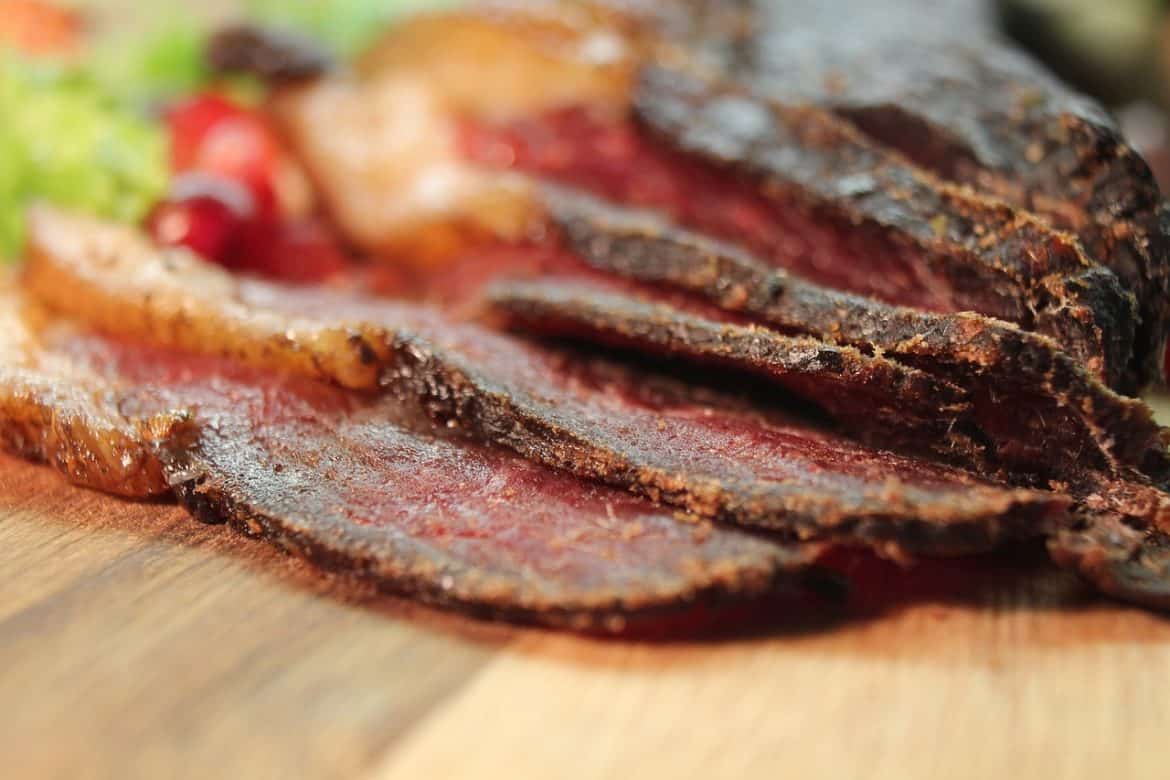A close friend of mine sent me this email, and while I cannot find the source to give a citation, I feel it is very important to share. I feel it has a dual meaning, both for Christians, as well as preppers. I hope you enjoy it, as it gave me something to ponder on. […]
Year: 2012
Firearm Suppressor Basics
There are many misconceptions about firearm suppressors or “silencers”. That is a shame since suppressor information is very easy to find if you just look. This post is about firearm suppressor basics. Suppressors were one of the items that became regulated under the National Firearms Act (NFA) of 1934. This means that suppressors are classified […]
How to Make Your Own Meat Curing Chamber
This post is about how to make your own curing chamber. Our ancestors cured meat to survive, so it can’t be that complicated, right? Well, as humanity has advanced so has the science of food preservation. Curing meats is part of the cooking field called charcuterie. Curing Process Basics A combination of spices and drying […]
10 Prepper Gifts Under $50
In order to help out for the holiday gift giving, here are 10 Prepper Gifts Under $50. Next week we will have a top 10 list for gifts around $25, and the week after we will have 10 great stocking suffers under $10. I hope this list will help you find great things for the […]





